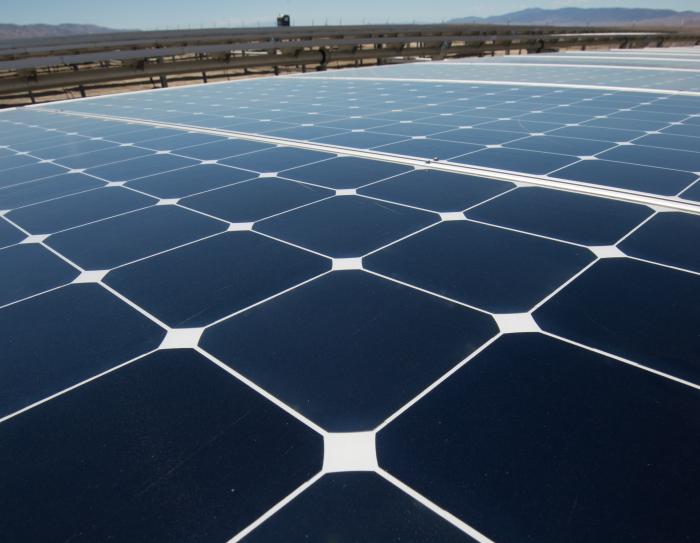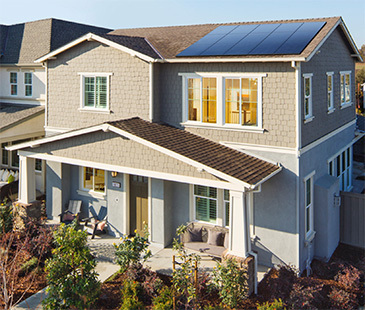
Editors Note: In 2020, SunPower announced the completion of the strategic spin-off of its manufacturing division into a separate business named Maxeon Solar Technologies, Ltd. As a result, SunPower has expanded its offerings to drive future growth. The SunPower Equinox® system now offers multiple panel options, including front- and back-contact panels, all of which are responsibly and rigorously quality tested to provide the best energy solution for your home.
When Bell Labs unveiled the world’s first silicon solar cell in 1954, it was estimated that the company’s new invention could turn 6 percent of the sun’s energy into electricity, a concept commonly referred to as efficiency.
Fast forward to 1999. After nearly half a century of solar research, the University of New South Wales announced it had achieved 25 percent efficiency on a solar cell that measured 4 cm2, a milestone in the history of solar technology. It was thought, until recently, that the summit had been reached.
Then last year SunPower broke this record, achieving 25.2 percent efficiency on a full area solar cell, nearly 40 times the size of the South Wales cell, using industrial processes.
And, just recently, we built a photovoltaic module in our laboratory that was verified by the National Renewable Energy Laboratory to be 24.1 percent efficient, the highest among manufacturers of silicon panels. This is significant as most in the industry wouldn’t have expected such an efficiency level to be possible, just as in 1999 at the New South Wales University.
Why solar cell efficiency matters
A few extra percentage points of efficiency does not sound like a lot. What is not obvious is that efficiency measured in laboratory conditions has benefits in real world conditions. For instance, the benefits of achieving the low recombination rates, needed for the efficiency, is magnified at hot temperatures, which is perfect for delivering substantially more electricity on a hot summer’s day. Here are some other key applications:
More power in less space. Residential customers already understand the value of buying higher-efficiency systems. They now get more watts installed on their rooftops, making smart use of the favorable economics for these systems. The result is a massive increase in energy produced in the same amount of space as conventional solar technologies. This is great for customers, who will need fewer panels, a plus for aesthetics. Right now SunPower is manufacturing solar panels verified at 22.8 percent efficiency.
Cost. Without question, cost plays a significant role in solar. Materials are a large fraction of the costs, including glass, silicon and frames. High-efficiency panels are constructed from these same basic materials so they leverage the relentless cost curve of the industry.
Sustainability. Using fewer materials per watt is also great for sustaining our planet. In fact it’s a double benefit, because less energy is required to construct the system, and more solar energy is generated at a faster rate.
All said, we’ve only scratched the surface when it comes to developing the solar technology that will help ensure a grid transformation and power our clean energy future. We have entered a new paradigm, and new cell designs will keep pushing laboratory results higher, even above 26 percent.
At SunPower, we’re in a particularly unique position given everything we’ve learned since our company was founded more than 30 years ago. We must continue to consider efficiency in the broader context of customers who are demanding better solar technology. With this in mind, we can combine breakthroughs in efficiency with innovation and reliability to change the way our world is powered.

